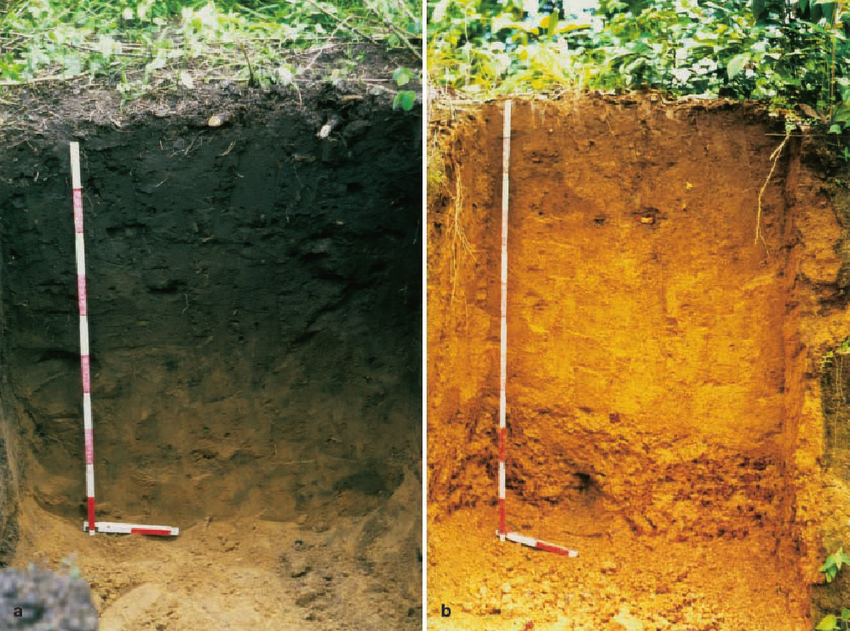|
If you have done any reading at all into what the FIRE movement is all about you will know by now that reducing how much you spend is key to building your money pot. But this idea of cutting expenses while usually a good idea can be taken too far when you go from decisions like,
“Should I get another one of those 10 dollar beers?” to “Should I buy this bag of apples instead of the cheap Raman?”
0 Comments
The 4% rule and its findings are critical to the success of the FIRE principle and understanding it is the key to being able to retire much earlier than you thought. I will try to give you a clear explanation of what the 4% rule is and how it can be applied to your life.
While I do try to stick to the useful articles on this website offering insights on how to do things to improve your lifestyle in a green way every now and then I do veer off into the philosophical. What I want to talk about a bit in this one is Green Living and how it impacts your health and of course the health of the planet. To do this in a somewhat organized way I will try to break out just a couple of topics to take a closer look at or we could be here all day. I have come to a realization recently after the deep dive I have done into the FIRE movement.
What is FIRE you might be asking? “well when a spark and pine needles love each very much…” Just kidding yes that is what fire is but what I am talking about is F.I.R.E or Financial independence Retire Early. For the longest time like most of us out there I assumed I would have to work a long career till I was 65 or more to be able to enjoy my golden years in relative ease. But I have recently discovered that it is simply not true assuming you can extricate yourself from the mindset of the average wage earner out there. Achieving FIRE done through the power of the following things, · High savings rate as much as possible without compromising quality of life · Lost cost index fund investing · Reducing Expenses |
AuthorHello my name is Josh Larson and I am the creator of the Green Living Library. Here on the blog you will find updates to content found in the Green Living Library as well as stories from those living the sustainable life already. Archives
December 2021
Categories
All
|
